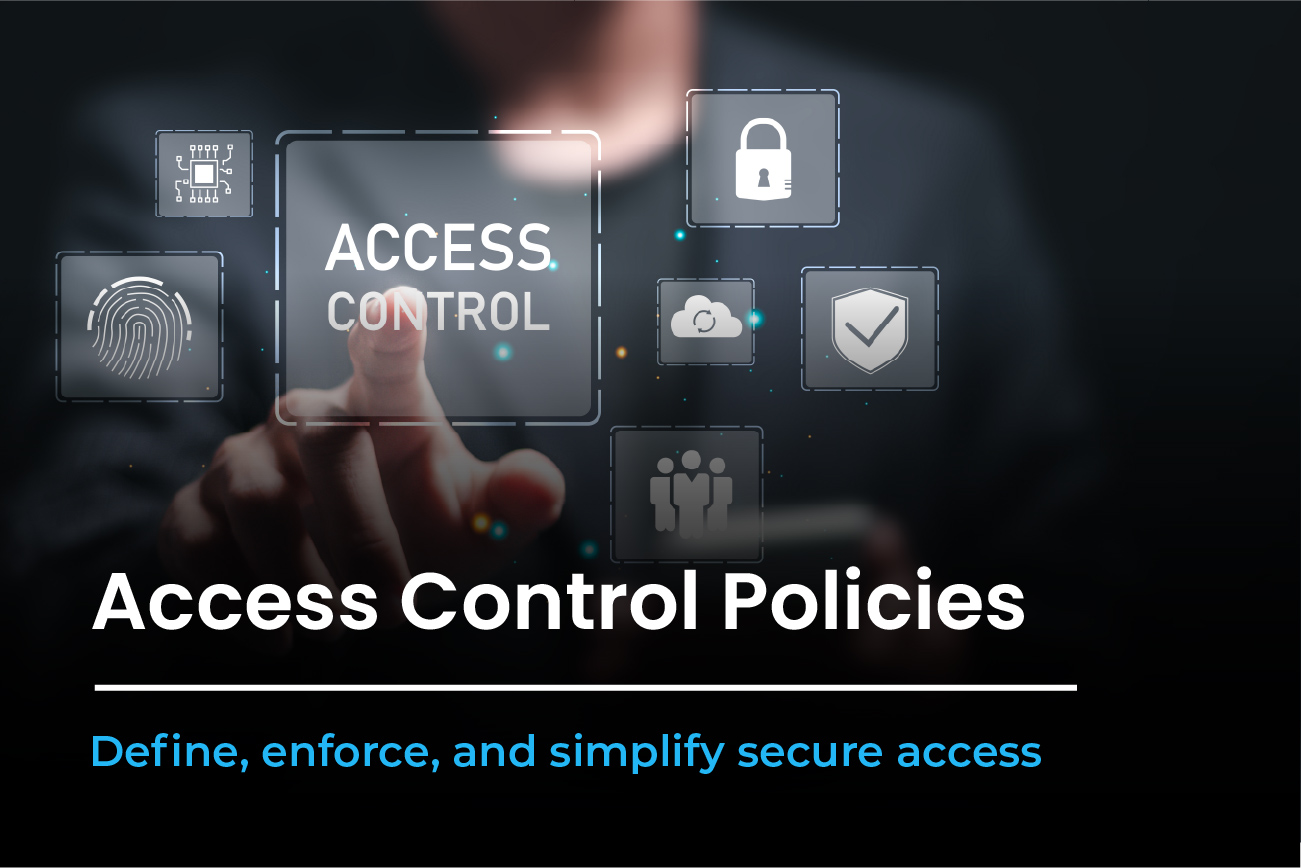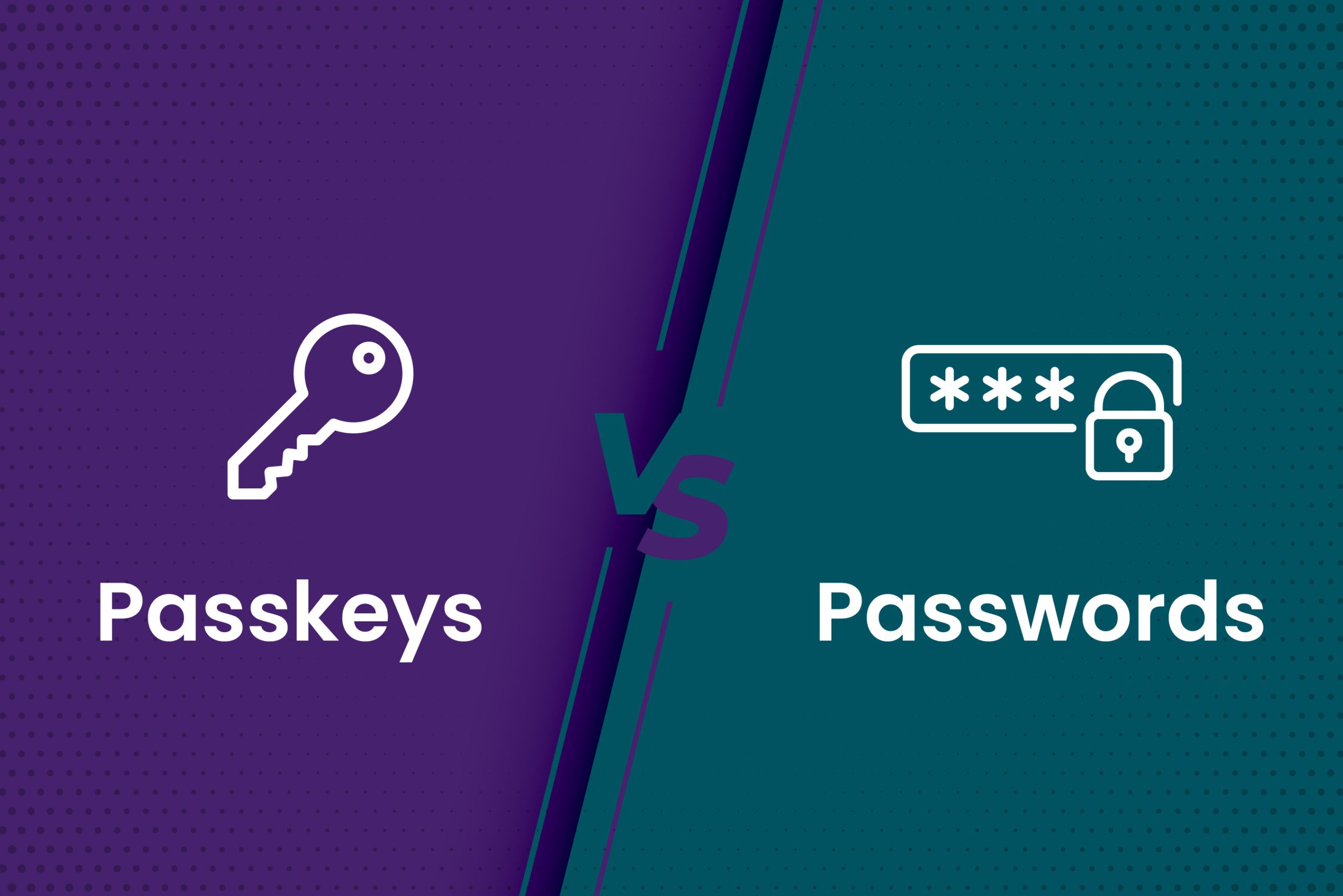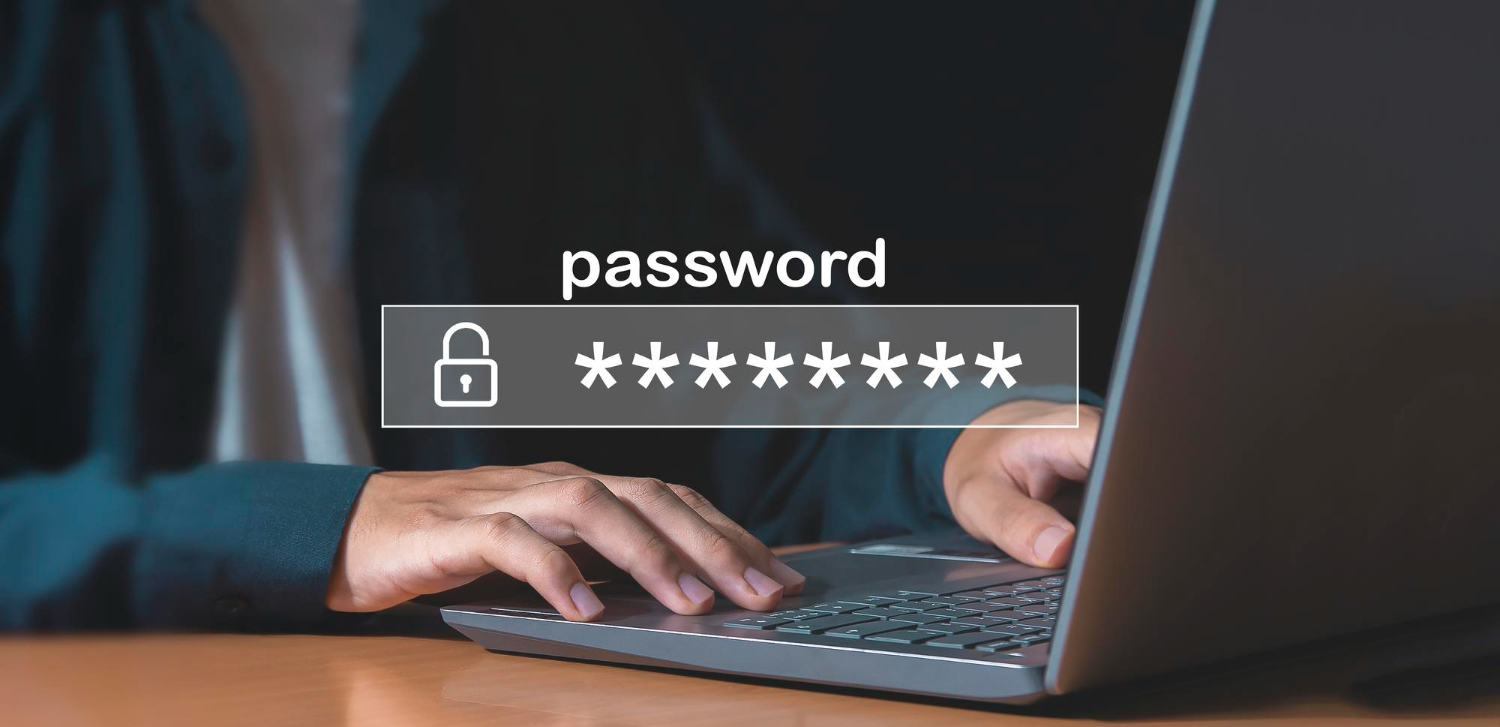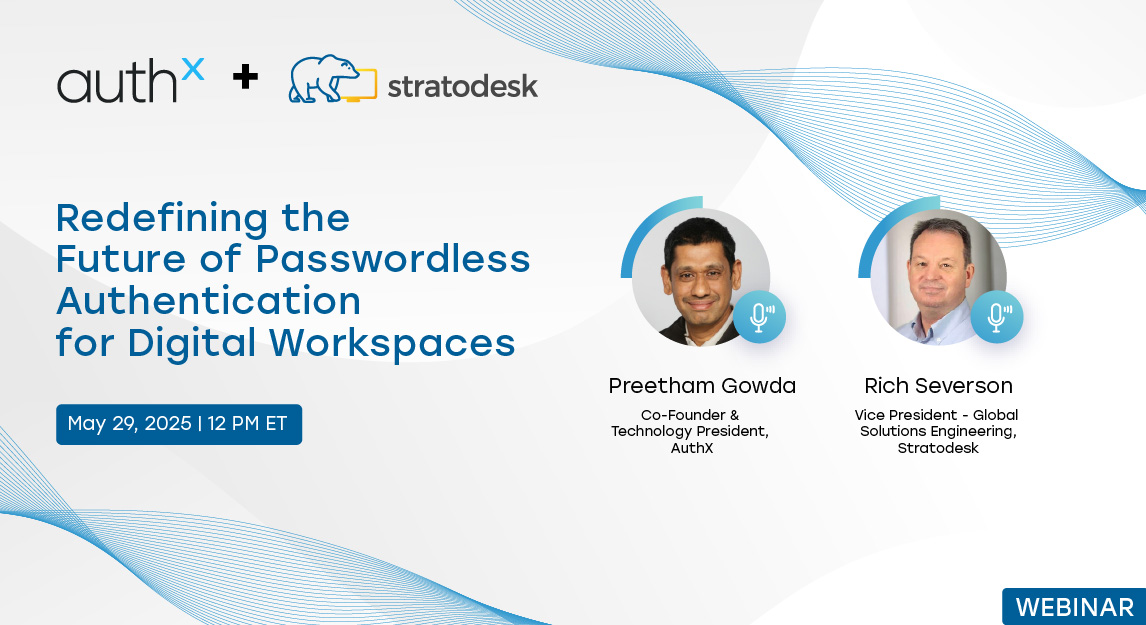We’ve seen a lot of changes in cybersecurity over the past decade. But if there’s one thing that’s stayed constant and arguably become even more critical, it’s access control. No matter how advanced your defenses are, they crumble if the wrong person enters the right system.
We work with teams daily to figure out how to manage access across hybrid environments, hundreds of apps, and fast-changing teams. We’ve learned that access control is no longer a technical afterthought; it’s a business imperative.
This blog pulls together everything we’ve seen working across industries and what organizations should expect as access control evolves in 2025 and beyond.
What Access Control Means Today?
Access control is the system that decides who can do what, where, and when. It combines three things: authentication (verifying who you are), authorization (granting the right level of access), and auditing (tracking what you do). Sounds simple, but when your company runs dozens of apps, supports remote work, and onboards or offboards people weekly, it gets complicated fast.
Access control is divided into two buckets: physical (like unlocking doors or entering buildings) and logical (like logging into applications, systems, or files). In 2025, both matters, but logical access is where most of the risk (and innovation) lives.
Understanding the Access Control Models That Matter
Over the years, security teams have built different access control policies to manage access. Each has its place. Now, organizations are blending multiple models to meet new demands.
- Discretionary Access Control (DAC) gives the user or data owner power. It’s flexible but messy. If someone forgets to update permissions or shares access too broadly, you have a risk.
- Mandatory Access Control (MAC) is the opposite. Access is locked down by a central authority. It’s commonly used in government or military settings. It’s secure, but not always practical for fast-moving businesses.
- Role-based access Control (RBAC) is widely used in enterprises. You assign permissions to roles like “Finance Analyst” or “Support Lead,” then assign users to those roles. It scales well but can become chaotic if you don’t manage role sprawl.
- Attribute-Based Access Control (ABAC) takes it a step further by using user attributes (like department, device type, or location) to make access control security decisions. It’s dynamic, precise, and ideal for hybrid environments but requires more planning.
- Rule-Based Access Control layers on rules like “Only allow access from corporate devices” or “Block logins on weekends.” It’s often used alongside RBAC or ABAC.
Newer models, such as identity-based access control, which relies on biometrics, and history-based access, which adapts based on a user’s behavior, are gaining traction, too, especially in zero-trust environments.
The Role of Access Control Policies
Access control systems define the structure. But policies are where intent becomes action.
What are access control policies? It’s your rulebook. It defines the policy’s scope (which users and systems), the reason the policy exists (usually to reduce risk or meet compliance), who is responsible for implementing it, and how access is granted or revoked.
In many of the companies we talk to, the biggest issue isn’t bad tech, it’s missing or outdated access control policies and procedures. Without a clear policy, people default to what’s convenient. And that’s where risks creep in.
A good access control policy example should cover logical and physical access, accommodate remote work and personal devices, and include lifecycle events like onboarding and offboarding. It’s not something you write once and forget. It should evolve with your business and tech stack.
Where Access Control Is Headed in 2025
We’re in the middle of a significant shift. Identity has become the new perimeter. And access control security is now one of the core ways companies defend themselves.
First, AI is beginning to play a fundamental role in cloud-based access control. We’re seeing platforms that analyze behavior and recommend access adjustments automatically. If someone hasn’t used a system in 90 days, it flags that. If access seems risky; say, someone logs in from a new location or device, it can block access or require extra verification. This isn’t just cool tech; it’s saving teams real time and preventing mistakes.
Second, just-in-time (JIT) access is replacing static permissions. Instead of giving someone permanent access to sensitive systems, you grant access when needed and revoke it automatically afterward.
Third, cloud-based access control and remote-friendly controls are becoming non-negotiable. Teams are working from anywhere, and systems are everywhere. Access needs to follow the user, not the device or location. That means you need tools that understand identity, risk, and context, all at once.
Finally, compliance is playing a much bigger role in shaping access control policies and procedures. Whether you’re subject to HIPAA, PCI-DSS, NIST 800-171, or just want to be ready for whatever comes next, access control security is one of the first places auditors look. Things like least privilege, separation of duties, MFA, and centralized logs aren’t optional. They’re expected.
A Few Real-World Examples
Here are a few access control policies examples we’ve helped companies implement:
- A healthcare client restricted access to EHR systems unless the user was on a hospital network, using a company-issued device, and had passed biometric authentication.
- A financial services firm allowed customer data to be viewed only through internal dashboards, with PII masked unless the user had an explicit “Finance – Full View” role.
- A software company set up JIT production access for engineers, requiring approval and biometric MFA each time with automatic revocation after two hours.
Each of these policies reflected the company’s unique risk, workflow, and regulatory needs. Each one helped prevent a potential access-related breach.
Best Practices (That Actually Scale)
While every organization is different, we’ve seen a few universal truths when it comes to access control systems:
- Build around the principle of least privilege. Start with minimal access and add what’s needed, not the other way around.
- Combine role-based models with contextual awareness. It’s not just who you are, where you are, what device you’re using, and what time it is.
- Automate everything you can: provisioning, deprovisioning, reviews. Manual access changes don’t scale.
- Conduct regular access reviews, not just once a year. Stale access is a quiet threat.
- Require MFA across the board. It’s still one of the easiest wins.
- Train your people. Most risky access behavior isn’t malicious, it’s just misinformed.
If you’ve ever wondered what are access control methods, these best practices are a good starting point blending traditional models with modern context-aware strategies.
How AuthX Helps?
AuthX helps security teams move faster. Our platform brings together RBAC, ABAC, biometrics, contextual controls, and policy management, all in one place.
Whether you need to enforce least privilege, integrate MFA, set up JIT access, or unify cloud based access control, AuthX gives you the tools to do it without requiring six months of consulting or writing custom scripts.
You can build visual policies, integrate with your HR systems, and get real-time access insights all from one console. Our biometric authentication layer adds a powerful, user-friendly layer of access control security across your entire environment.
Final Thoughts
Access control isn’t static. It’s a living system that evolves with your people, infrastructure, and risk surface. In 2025, the companies getting it right aren’t the ones with the most expensive tools. They have clear access control systems, smart automation, and identity-first thinking.
If you’re buried in access requests, worried about compliance, or just unsure where to start, we can help.
Let’s make access control smarter, together.
FAQs
What is access control policy?
Access control policy defines the rules for who can access what, when, and how within an organization. It acts as the foundation for enforcing consistent and secure access across systems.
What are access control methods?
Access control methods include DAC, MAC, RBAC, ABAC, and more, each defining how permissions are granted and enforced. Organizations often combine these models to balance security and flexibility.
How do cloud based access control systems improve security?
Cloud based access control allows dynamic, remote-friendly, and identity-aware access decisions in real time. It helps organizations adapt quickly to hybrid work and distributed IT environments.
Why are access control policy and procedures important?
Well-defined access control policy and procedures help ensure that access decisions are consistent, auditable, and aligned with compliance needs. They reduce risk by eliminating guesswork and ad-hoc permissions.
How often should access control policy and procedures be updated?
Your access control policy and procedures should evolve with organizational changes, tech updates, and compliance requirements. Regular reviews at least annually are critical to keeping them effective.















